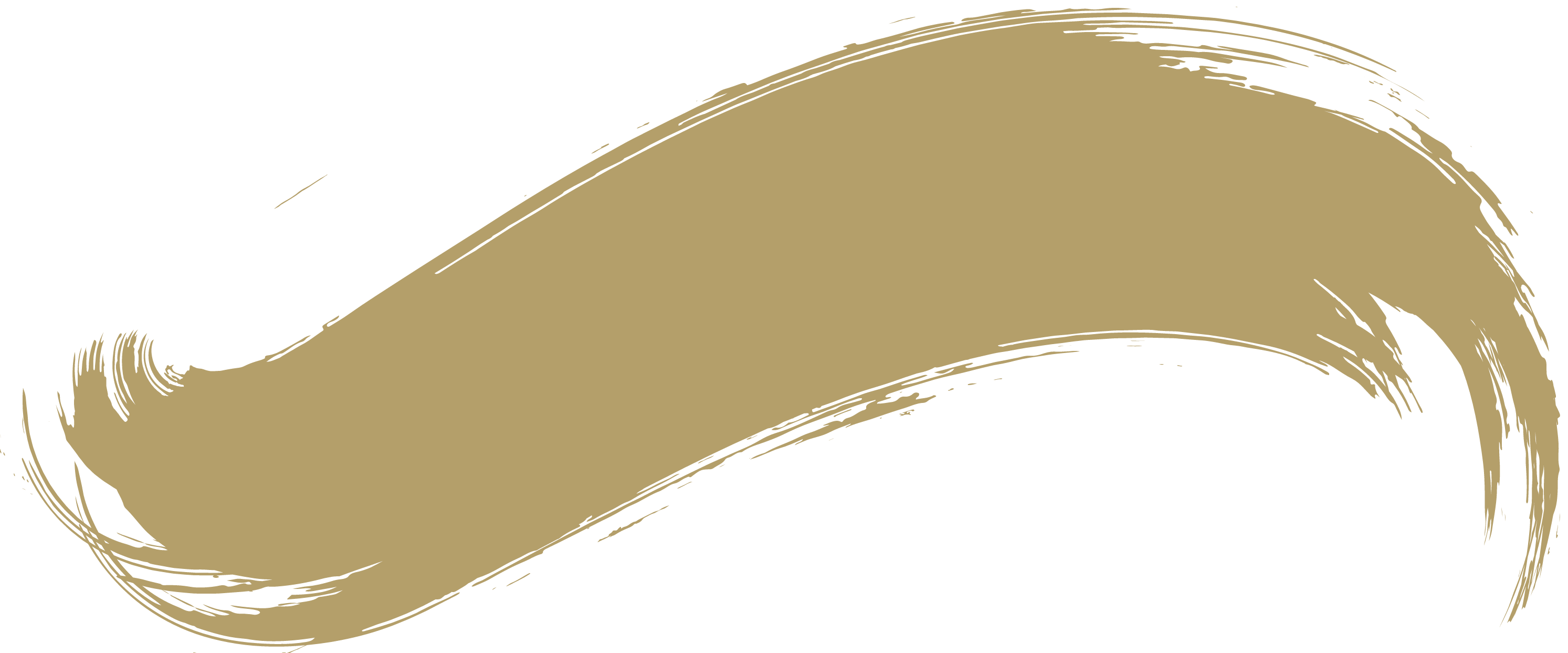Patricia Kenny
I am an archaeologist, completing my PhD in UCD. My research focuses upon how past people explained geological features, such as fossils. Many societies, both past and present, have rich narratives about unusual features of stone. Native Americans are one of these societies and boast a diverse range of stories about fossils in particular. The Fulbright-Creative Ireland Smithsonian Fellowship allowed me to compare this folklore with archaeological artefacts, to see if any of these narratives can be traced across time. This fellowship was a truly fantastic experience, working in a world class museum, alongside some wonderful people. It gave me a clearer picture of where my career might take me and proved to me that I want to work in a similar, challenging environment, conducting research on a global scale. Although my time in the US was cut short by COVID-19, the weeks that I spent there were some of the best of my life.
Fernando Cano
Unlike my fellowship colleagues, I was extremely lucky to have completed my time in the US just before the outbreak of COVID-19. This was an incredible personal and professional experience that I will always treasure, which has recently become more significant especially when viewed through the lens of the Black Lives Matter Movement. My fellowship at the Smithsonian Institution focused on exploring the role of museums in society. I wanted to expand the knowledge that I had gained through my PhD research at TCD on how museums are places of cultural production, collective memory-making, and are crucial for the construction of knowledge, identity and narratives. Focusing on how museums could include wider interpretations of its collections and exhibitions aiming to generate new unbiased knowledge and social change, I visited all the different units at the Smithsonian Institution and met as many of its experts as I could. I then narrowed my focus to three particular units: the Anacostia Community Museum, the National Museum of the American Indian and the National Museum of African American History and Culture. What these units have in common is that they are successfully dealing with the complex and conflicted histories of two ethnic groups that have suffered significant discrimination within the US. The most significant part of their success is that they involved the communities that they represent in the creation of a transparent narrative because they speak to and for a people whom the museum serves. This approach has resulted in an inclusive and diverse narrative where a sense of pride and rediscovery, co-exist with conflicted history while also inspiring social change. Now after successfully defending my PhD and at my new position as Learning and Engagement Curator at the Douglas Hyde Gallery, I hope to be in the position to apply these learnings. Thanks to Creative Ireland, the Smithsonian Institution and Fulbright Ireland for this incredible opportunity.
The resilient Fulbright programme has served to strengthen international relations throughout turbulent times for over seventy years. It was established here in 1946 and it annually awards grants for Irish citizens to study, research, or teach in the U.S. and for Americans to do the same here. The Commission is supported by the U.S. Department of State and the Irish Government’s Department of Foreign Affairs and Trade, the Department of Culture Heritage and the Gaeltacht and several Irish and U.S. higher education institutions and organisations. It is also a registered charity.
To find out more www.fulbright.ie






